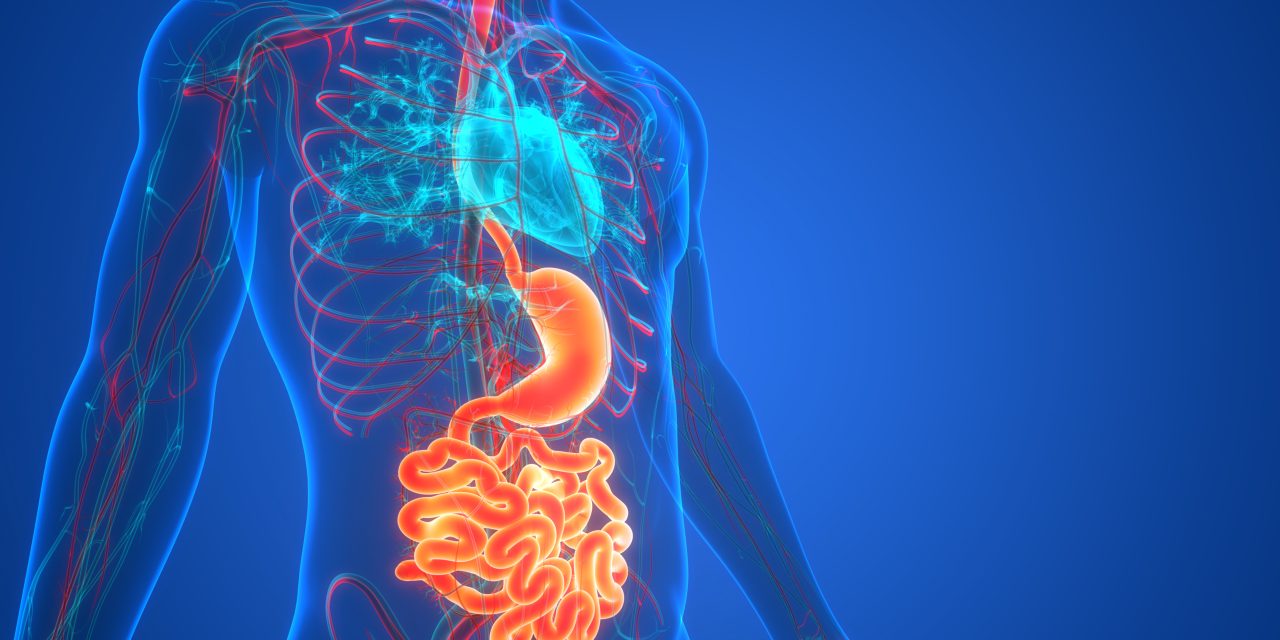In newborns, gastroesophageal reflux disease (GERD) has been a prevalent concern, and present methods for thickening human milk generate inconsistencies. The goal of this in vitro investigation was to determine the viscosity impact of various thickening techniques. Researchers thickened donor human milk (DHM) and the formula with a variety of thickeners, including starch- and gum-based thickeners. They also looked at reflux formulas with additional starches, such as Similac Spit Up (SSU) and Enfamil AR (EAR). A rotational viscometer was used to test the viscosity of each sample over time. Additional factors were explored, including acidity, temperature, and the inclusion of a human milk fortifier. All tested thickeners can efficiently thicken the formula, although the viscosity of thickened formula increases over time. DHM, on the other hand, does not thicken adequately with SBT. Because autoclaving DHM inactivates digestive enzymes, SBT may successfully thicken autoclaved DHM. When acid was added to xanthan-gum thickened DHM, it caused phase separation and the development of a solid precipitant.
The current thickening procedures for preterm baby feeding provide widely varied final feed viscosity values. The unpredictability of gum-based thickeners raises concerns regarding their safety. For proper comparisons of thickening regimens, objective measures of liquid viscosity, as well as careful consideration of acidity and duration, were advised. Human milk remains the most difficult feed type to thicken.
Reference:journals.lww.com/jpgn/Fulltext/2019/11000/Through_Thick_and_Thin__The_In_Vitro_Effects_of.4.aspx


